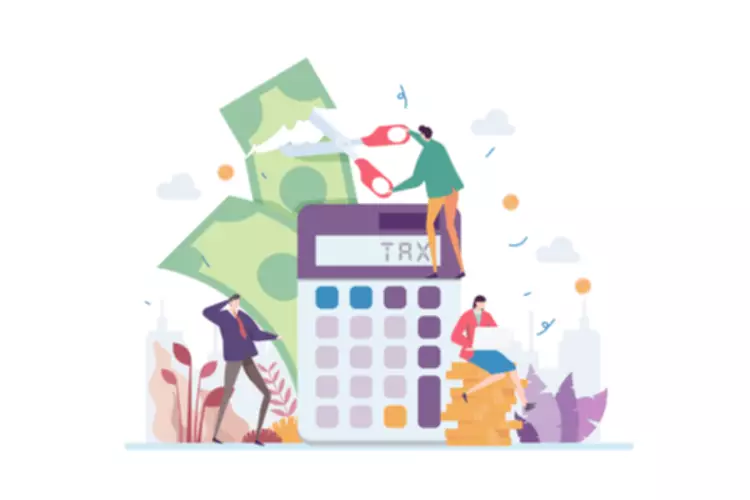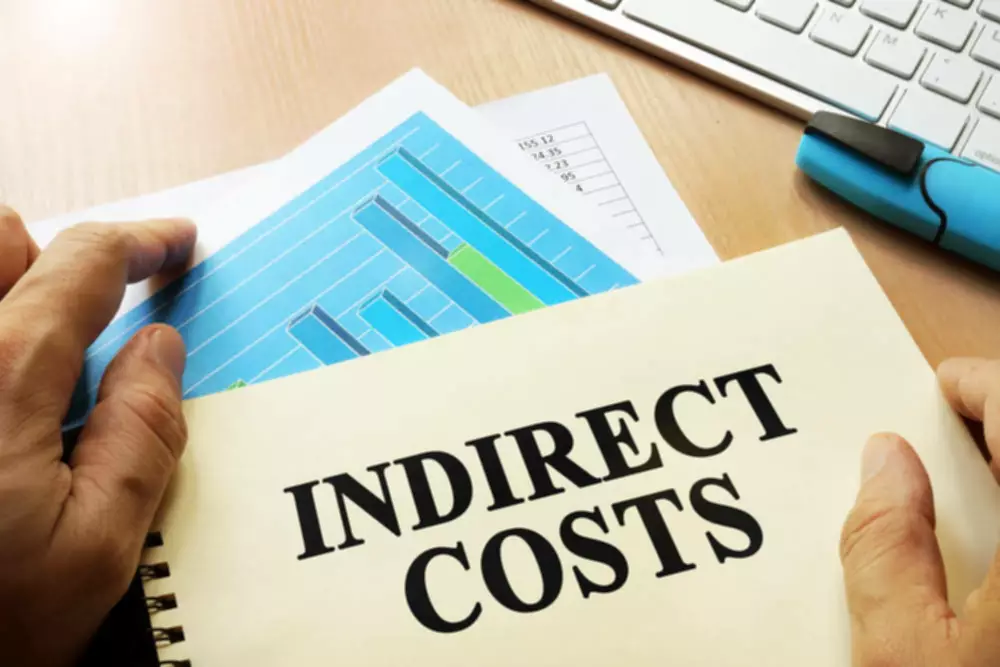Debt to asset ratio Financial KPIs
Content

In a very real sense, that capital is out there working 24 hours a day, seven days a week, 365 days a year on his behalf. The higher the ratio, the more efficient the use of assets in a company or the more passive income your money is making you. Debt Coverage RatioDebt coverage asset turnover ratio formula ratio is one of the important solvency ratios and helps the analyst determine if the firm generates sufficient net operating income to service its debt repayment . For instance, a ratio of 1 means that the net sales of a company equals the average total assets for the year.
- A business whose debt to asset ratio is above one indicates that its funds are entirely covered by debt or alternative financing.
- The current ratio is a liquidity ratio that measures a company’s ability to cover its short-term obligations with its current assets.
- As a result, the timing for a company’s cash flow cycle is not perfect; it can be a bumpy road getting back to cash.
- An asset to Sales ratio isn’t a common ratio and is not widely used.
- That is to say, it indicates the percentage of assets that is funded by borrowing, in relation to the percentage of resources that are specifically funded by the investors.
- Those cash payouts are money not reinvested into the company’s growth.
The debt-to-asset ratio gives you insight into how much of your company’s assets are currently financed with debt, rather than with owner or shareholder equity. A business that has net sales of $10,000,000 and total assets of $5,000,000 has a total asset turnover ratio of 2.0.
How Can a Company Improve Its Asset Turnover Ratio?
On the other hand, if the debt to asset ratio is 1, that means the company has the same amount of assets and liabilities, being highly leveraged. If the majority of your assets have been funded by creditors in the form of loans, the company is considered highly leveraged. In turn, if the majority of assets are owned by shareholders, the company is considered less leveraged and more financially stable. This makes it challenging for any firm that compares multiple debt to assets ratios. It is crucial for them to get ratios based on similar metrics and processes so that the results are more relative to one another.
What is the fixed asset ratio?
Fixed Assets ratio is a type of solvency ratio (long-term solvency) which is found by dividing total fixed assets (net) of a company with its long-term funds. It shows the amount of fixed assets being financed by each unit of long-term funds.
It’s important to note that asset turnover ratio can vary widely between different industries. For example, retail businesses tend to have small asset bases but much higher sales volumes, so they’re likely to have a much higher asset turnover ratio. By the same token, real estate firms or construction businesses have large asset bases, meaning that they end up with a much lower asset turnover. The debt to asset ratio is a good way to help analyze the financial risk of a business. Creditors often use the debt ratio to find out how much debt a business has, whether it will be able to pay its debts, and if it will make more loans to the business.
Other Banking Ratio and Valuation Calculators
Because a ratio greater than 1 also indicates that a large portion of your company’s assets are funded with debt, it raises a red flag instantly. It also puts your company at a higher risk for defaulting on those loans should your cash flow drop. You will need to run a balance sheet in your accounting software application in order to obtain your total assets and total liabilities. The balance sheet is the only report necessary to calculate your ratio. Debt to asset ratio is useful for determining risk based on a business’s financial leverage and solvency.
- The formula of the debt to asset ratio is calculated by dividing the total debt by the total assets.
- He’s expanded DQYDJ to build visualizations, calculators, and interactive tools.
- The best earning assets to total assets ratio depends on your passive income needs vs. your long-term return expectations.
- Let us take the example of Apple Inc. and calculate the debt to asset ratio in 2017 and 2018 based on the following information.
- For every dollar in assets, Walmart generated $2.30 in sales, while Target generated $2.00.
- While putting cash in your pocket, every dividend payment decreases the long-term value of the stock.
A services industry typically has a far smaller asset base, which makes the ratio less relevant. Third, a company may have chosen to outsource its production facilities, in which case it has a much lower asset base than its competitors. This can result in a much higher turnover level, even if the company is no more profitable than its competitors. And finally, the denominator includes accumulated depreciation, which varies based on a company’s policy regarding the use of accelerated depreciation. This has nothing to do with actual performance, but can skew the results of the measurement. For example, if a company’s debt to asset ratio is greater than 0.5, most of its assets are financed through debt. If the company’s debt to asset ratio is below 0.5, the majority of its assets are financed through equity.
Loans to Assets Ratio Formula
Locate the value of the company’s assets on the balance sheet as of the start of the year. Below are the steps as well as the formula for calculating the asset turnover ratio. A company’s asset turnover ratio can be impacted by large asset sales as well as significant asset purchases in a given year. You could also introduce new products or service lines that don’t require any additional investment in assets, thereby opening new revenue streams to your business. In conclusion, thecompany has $0.5 in long term debt for every dollar of assets. On the other hand, Company B has a much higher ratio, which indicates it is in a much risker situation since its liabilities exceed its assets.





